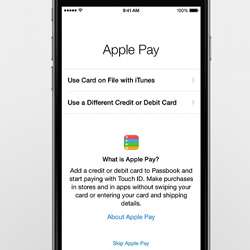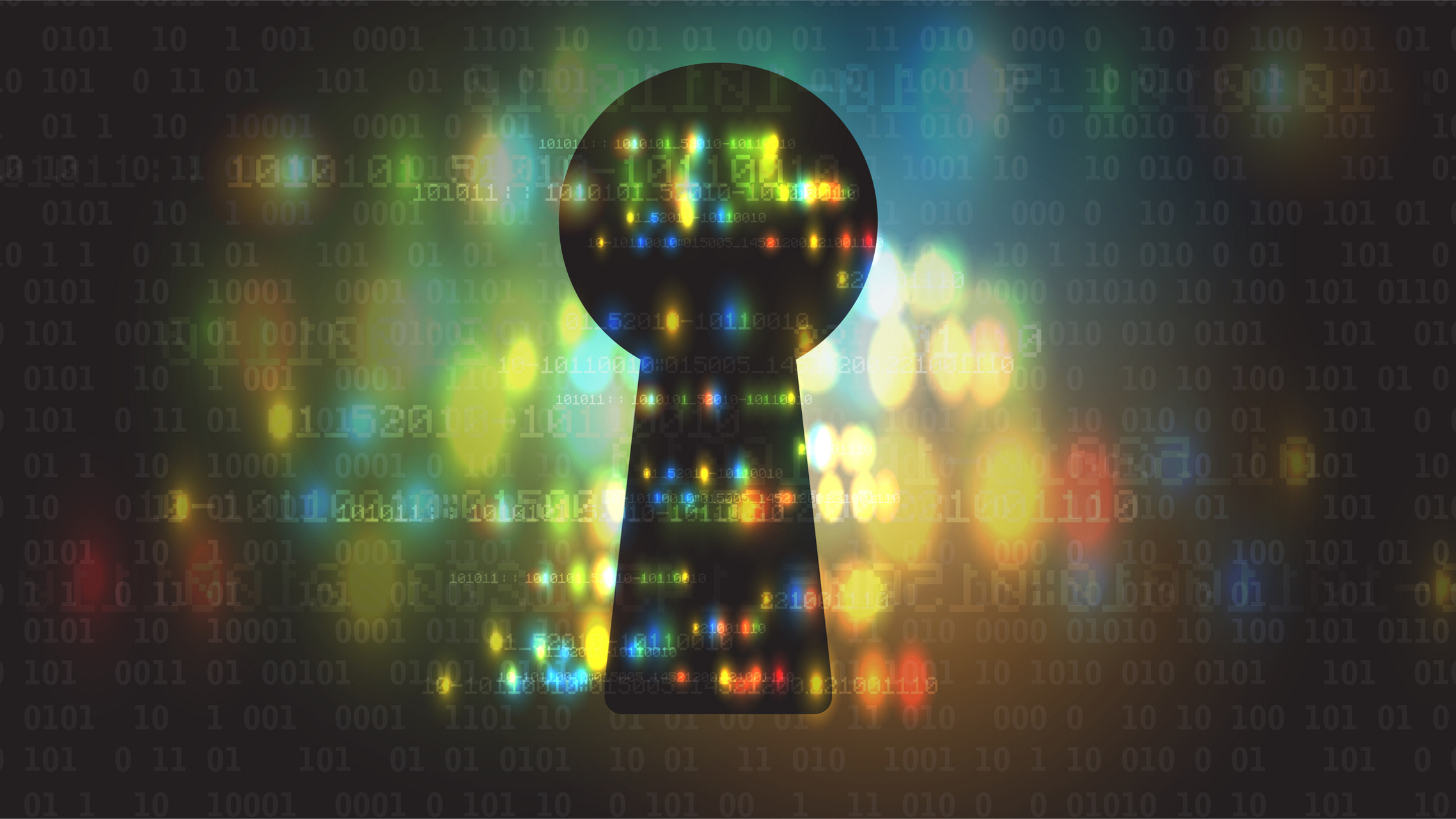
Apple has its sights set on dominating yet another sector: the payments market. The Cupertino, CA-based company is seeking to displace such blue-chip financial brands as Visa, American Express, and JPMorgan Chase in payments in the same way it became the dominant name in music players: by providing a superior technology that is convenient and accessible.
Apple entered the payments space in October 2014 with the launch of Apple Pay; since then, millions of consumers have conducted billions of dollars in transactions using their iPhones. In just months, the service has already disrupted the market, causing competing mobile payment systems to reevaluate their businesses (and, in the case of Softcard, a mobile payments initiative backed by Verizon Wireless, AT&T, and T-Mobile, to succumb to acquisition by Google).
The idea behind Apple Pay is fairly simple: customers can use their Apple smartphone or tablet to make payments at a retail point of sale. The Apple device serves as a proxy for the physical payment card, but actually operates in a much more secure environment because the merchant never sees a credit card number, so there is no risk that information can be compromised. Apple sends a token in place of the consumer card number through the payment network, and payment authorization is based on this token.
To Anindya Ghose, a professor of information technology and marketing at New York University’s Leonard N. Stern School of Business, "The single biggest benefit is the end-to-end ease of use; that is, the convenience of not having to carry or swipe a credit card. I believe there is sufficient novelty in this system that will lead to widespread adoption and usage of Apple Pay."
Apple Pay is currently only available on the newest models of Apple devices, including iPhone 6, iPhone 6 Plus, iPad Air 2, and iPad mini 3. Some might argue the logical thing to do to increase the use of Apple Pay would to make it backwardly compatible with the millions of iPhones already in the hands of consumers, but only the newest Apple devices include the necessary hardware that enables Apple Pay transactions. There are three essential technologies built into the latest Apple devices that make Apple Pay work:
- A Near-Field Communication (NFC) chip enables Apple Pay to communicate with payment terminals. While other smartphones have integrated NFC technology, Apple only began implementing it into its products with the launch of the iPhone 6 (as well as in current-generation iPad tablets);
- The secure element chip is perhaps the most vital element to Apple Pay, as it is essentially an encrypted vault, isolated from other systems on the device, which stores information that enables payments. The secure element does not store credit card information.
- Consumers authorize Apple Pay transactions using the Touch ID fingerprint reading technology built into the latest iPhones. This biometric technology only became available on the iPhone 5 in 2013.
Security
Despite the multiple layers of security built into Apple Pay, a vulnerability was discovered in March 2015 that exposed it to fraud.
Hackers, using what The Wall Street Journal called a "low-tech" method, registered credit card accounts obtained from past retail breaches into Apple Pay and used them to make fraudulent payments. The authorization systems of the banks behind those credit card accounts actually were at fault for not cancelling these fraudulent accounts prior to enabling them in Apple Pay. This security vulnerability has since been closed, but the result was a lot of negative press surrounding Apple Pay.
The impact of this security flaw may, in the end, be insignificant. According to NYU’s Ghose, "I do not see security as a major impediment to adoption of Apple Pay. I think we as a society are, for the most part, well past those irrational fears. In fact, because Apple Pay is an identity solution based on biometrics, it is in fact more secure than exposed card details."
Competition
Apple Pay is not alone in trying to replace credit cards with smartphones at the point of sale. There are dozens of mobile wallet products in the marketplace available for consumers, such as Google Wallet and MCX, each with unique technology that could effectively compete with Apple Pay.
MCX, short for Merchant Customer Exchange, is a joint venture of some of the largest merchants in the U.S. In October 2014, MCX announced the launch of CurrentC, its flagship mobile wallet product. While Apply Pay uses NFC technology, CurrentC will use QR codes – a 2D barcode technology compatible with existing barcode reading systems. The use of QR codes is attractive to merchants because they do not need migrate to NFC technology, thus saving them the cost of upgrading their point of sale systems.
According to Pinar Ozcan, assistant professor of strategic management at Warwick Business School, "This has the potential to be a Betamax versus VHS kind of fight, because one of them has the better technology while the other has the right stakeholders behind it." While QR codes are actually easier and less expensive for merchants to implement, the superior technology, in Ozcan’s opinion, is Apple Pay’s NFC-based system, which is more secure and adaptable for future applications.
Ozcan says, "To be honest, I don’t know which one is going to win, but it is a very interesting race to watch."
The future
One key development that could extend the user base of Apple Pay is the launch of the Apple Watch, which will enable millions of iPhone 5 owners to use the service. Time will also favor Apple Pay, as consumers that become eligible for upgrades with their mobile carriers will take the logical migration path and purchase the latest Apple Pay-compatible devices.
Apple is a globally-recognized company, and the brand equity will prove valuable as Apple Pay expands overseas. The company has plans to take Apple Pay to other markets, with rumors circulating of expansion into Canada, the UK, China, and Russia. With the U.S. launch considered a success, it will only be a matter of time before consumers in other markets have access to Apple Pay.
Mark Broderick is a Tampa, FL-based senior research analyst covering the financial services and payments industries for ORC International.



Join the Discussion (0)
Become a Member or Sign In to Post a Comment